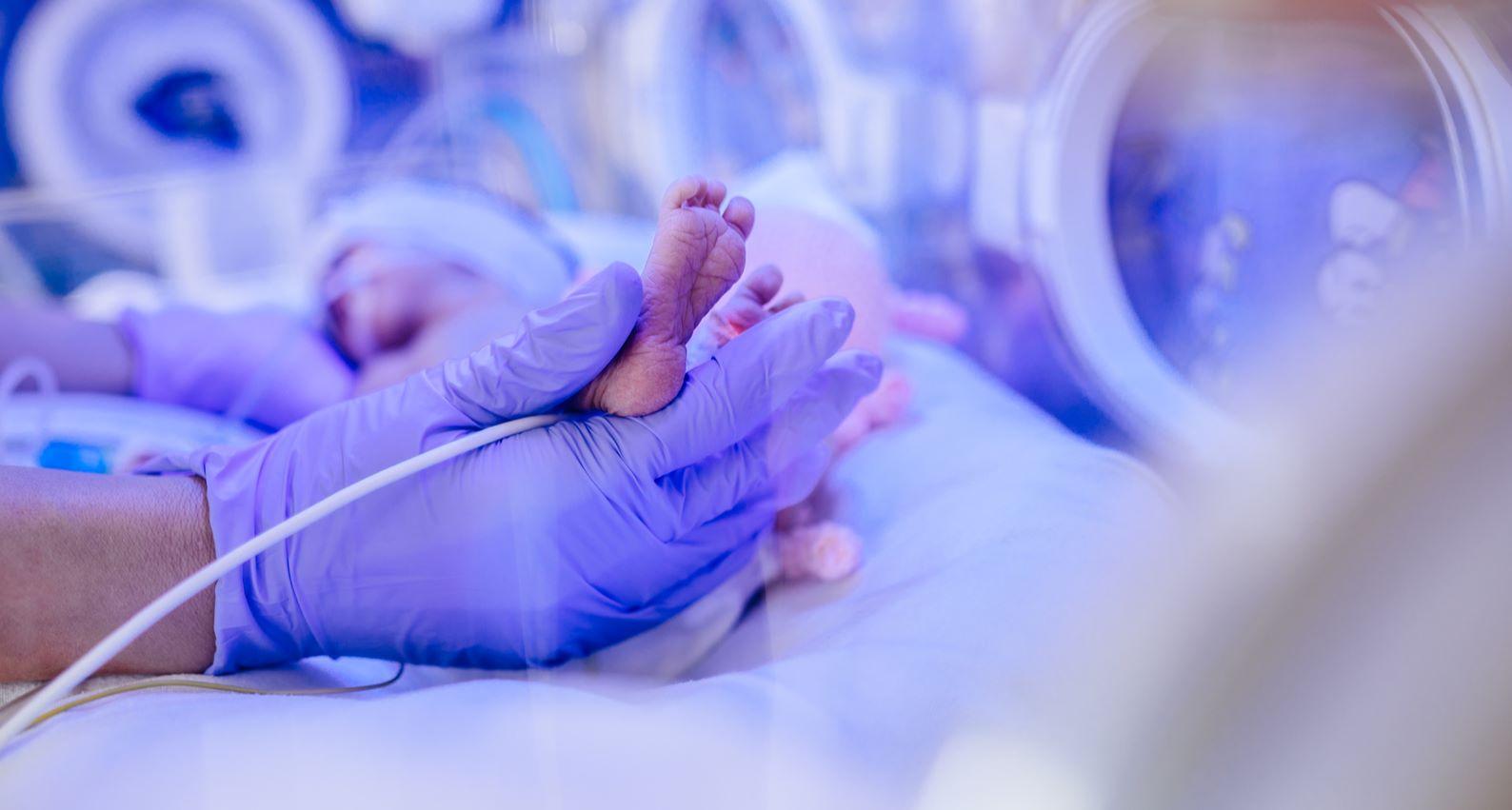Monitoring Devices for Pediatric Population
Published on 11 Feb, 2022

India has approximately an 18% child morbidity and mortality rate. One of the primary reasons is the non-detection of pediatric diseases at an early stage. Also, non-availability of cost-effective, non-invasive, and portable devices, especially in villages and primary health centers, to monitor the diseases among children hinders timely medical response. Early detection and smart monitoring can help in improving the overall health of children by facilitating corrective intervention (food, care, medicine, other) right from the early stages. Discovery of some low-cost, early-stage solutions, developed globally, for monitoring diseases, such as diabetes, jaundice, and ARI, can help achieve this.
According to a report by the United Nations (UN) in 2017, of all the under-15 child deaths globally, 18% occurred in India. Preventing diseases, treating them and investing in child health is, therefore, of immense importance in the country. Some of the main diseases that inflict children are:
Juvenile diabetes – As of 2019, India had 95,600 existing cases of type 1 diabetes among children. In this type, the pancreas stops producing or cannot produce insulin, a hormone essential to dissolve glucose, or sugar, and transmit to the cells. This leads to excessive accumulation of sugar in the blood, which is harmful for the body.
Jaundice – Neonatal jaundice is a common cause of morbidity in newborns. Approximately 60% of term babies and up to 80% of premature babies suffer from it. The illness, caused by the buildup of bilirubin in body, is called physiological jaundice.
Acute Respiratory Infection (ARI) – In 2018, ARI affected around 41,996,260 children and caused 3,740 deaths in India, as per a report by the National Health Portal of India in 2019. In children under the age of 5, it mainly affects the lower tract. Increasing air pollution, lack of proper vaccination and malnourishment are some of the key factors contributing to its wide prevalence across the country.
These diseases can be cured, provided they are diagnosed on time, monitored effectively and treated right from the early stage. However, the main deterrent is the limited availability of monitoring devices in the market for early stage, non-invasive diagnosis at affordable prices for the population below poverty lines (BPLs).
A few low-cost, early-stage solutions, developed globally, for monitoring diabetes, jaundice and ARI are listed below.
Diabetes
Some companies have developed technologies to track diabetes and easily administer drugs to children:
- GlucoModicum Ltd. – The company has designed a revolutionary, needle-free, and precise glucose monitoring device. This non-invasive, wearable monitor runs on their proprietary platform, the magnetohydrodynamic technology, and samples interstitial fluid, the body fluid between blood vessels and cells.
- Integrity Applications – The company has developed a non-invasive glucose tracking device, GlucoTrack, based on its patented combination of ultrasonic, electromagnetic, and thermal technologies. It is more relevant for type 2 and pre-diabetic patients. The device has a small sensor that can be clipped to the ear lobe; it calculates the glucose level using a proprietary algorithm which is thereafter displayed on a handheld device, the size of a phone.
Jaundice
- Delta Medical International (DMI) – The company has developed a non-invasive jaundice meter for reliable transcutaneous measurement of bilirubin levels to check the severeness of the disease in neonates. The unit is small, portable and suitable for use in a range of settings such as neonatal, maternity and pediatric wards.
- Zyna Medtech - ZH-300, designed by Zyna Medtech, facilitates quick and convenient assessment of the risk of hyperbilirubinemia in neonates. It uses a specific wavelength of a safe light source, avoiding the trauma caused by the prick of a needle. Results can be obtained instantaneously, eliminating the long wait for lab test reports.
- Mennen Medical – The BiliCare transcutaneous bilirubin meter, introduced by Mennen Medical, works by transmitting light at different wavelengths through the outer ear and using a customized algorithm to measure the amount of light absorbed by bilirubin. It provides accurate results.
ARI
- GPX Medical – Neola, by GPZ Medical, uses laser spectroscopy to monitor changes in lung volume and measure the oxygen level in preterm infants. Apart from being safe and non-invasive, it provides data in real time. On-time detection, followed by the required treatment, prevents complications.
- Masimo – The company introduced a breakthrough technology, Signal Extraction Technology (SET). It overcomes the restrictions associated with conventional pulse oximetry by measuring through motion and low perfusion. The device also has better sensitivity and specificity during induced conditions of low perfusion and motion.
- Sentec – The company offers continuous, non-invasive, and accurate transcutaneous monitoring (TCM) services for improved ventilation titration and weaning support.
The neonatal period and the early stages of a child’s life are highly vulnerable, necessitating the best medical care possible. The devices mentioned above can help in on-time diagnosis through fast results, effective monitoring and apt treatment. Many deaths can be prevented. We also believe these innovations will successfully address the main challenge so far: availability of effective diagnostic procedures at affordable prices. Increasing affordability, resulting in higher adoption and use, would bode well for the overall health standards of the pediatric population.

